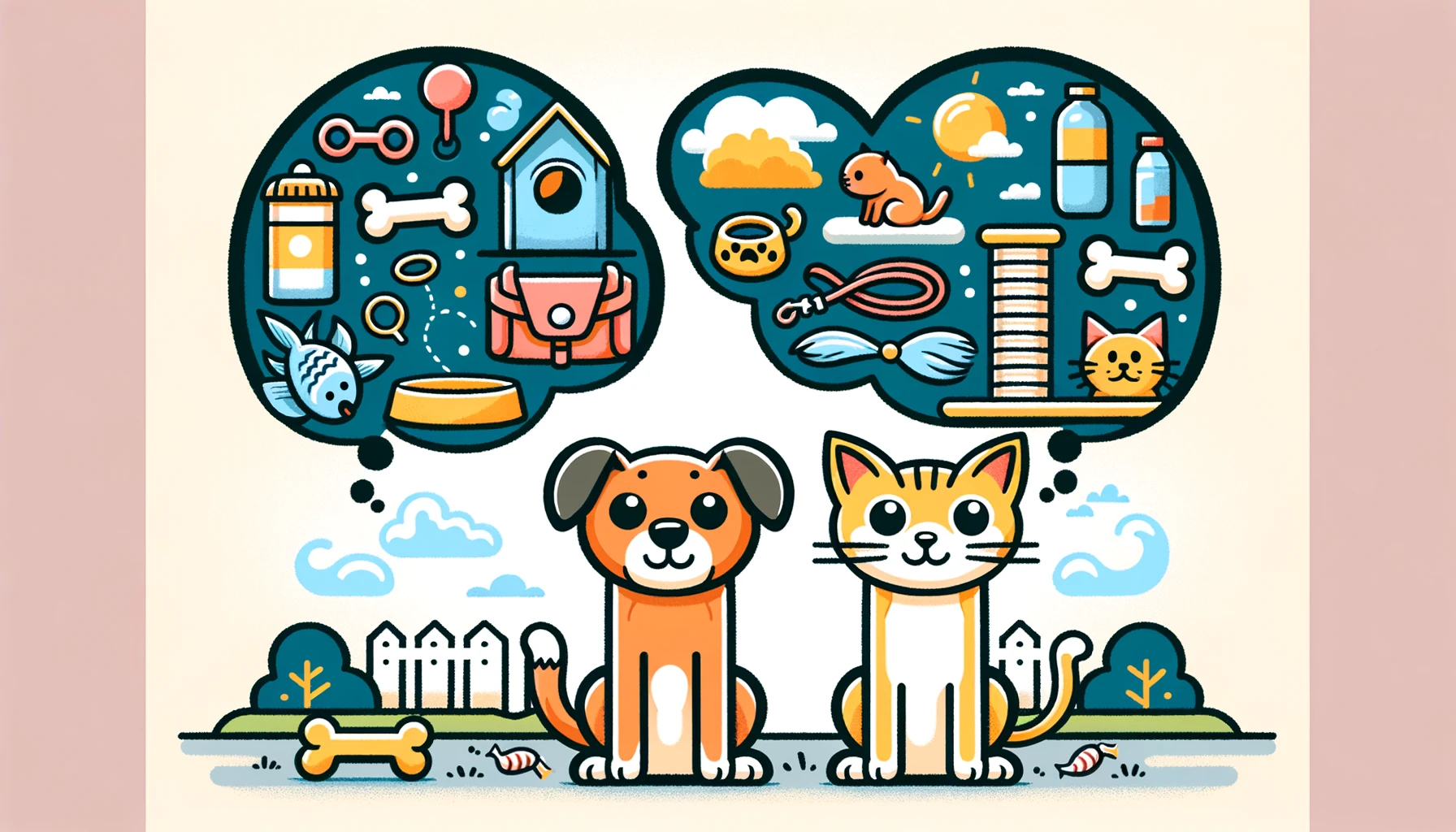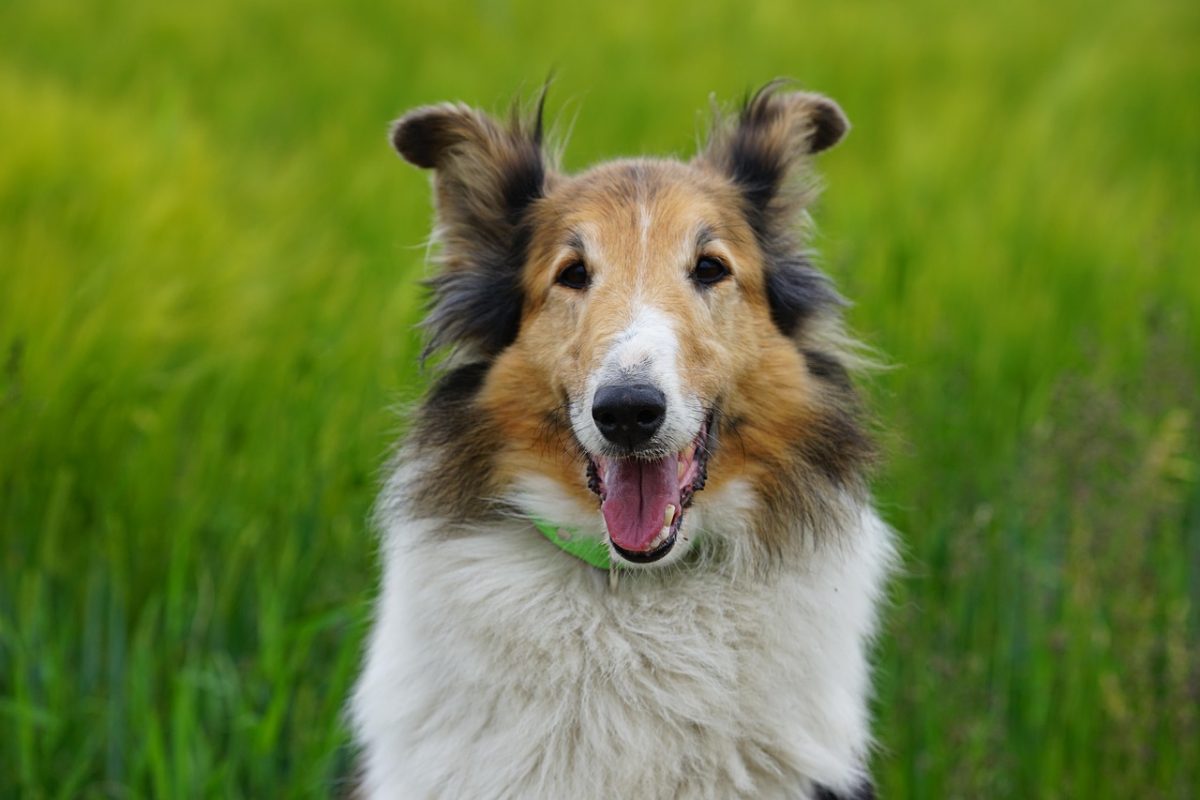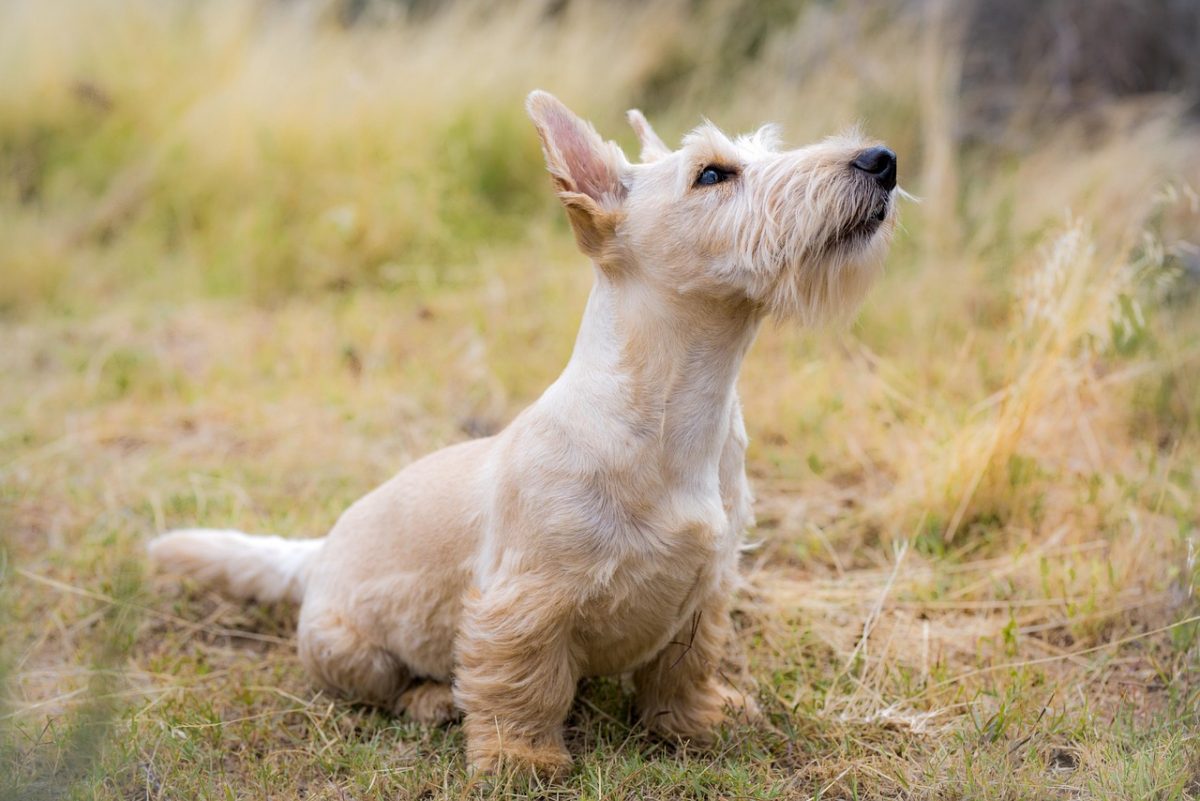Pet insurance has become a vital consideration for pet owners, aiming to alleviate the financial strain of veterinary care. As the pet insurance market grows, it’s important to recognize that policies often differ based on whether the pet is a dog or a cat. These differences can affect everything from monthly premiums to the scope of coverage. Knowing these distinctions can help pet owners make informed decisions, ensuring their pets receive the care they need without unexpected financial burdens.
1. Cost of Premiums
One of the most notable differences between dog and cat insurance is the cost of premiums. Generally, insurance for dogs is more expensive than for cats. This disparity is largely due to dogs’ tendency to spend more time outdoors, exposing them to higher risks of injury and illness. Additionally, certain dog breeds are prone to specific health issues, which can further increase the cost of insuring them. In contrast, cats, especially indoor ones, present a lower risk for insurers, resulting in lower premiums.
2. Breed-specific Conditions
Both dogs and cats have breed-specific health issues, but the impact on insurance policies and coverage can vary widely between the two. For dogs, larger breeds like Great Danes or German Shepherds might be more susceptible to hip dysplasia, a condition often excluded or capped in dog insurance policies. For cats, breeds like Persians or Bengals may have specific conditions related to their skin or respiratory systems. Insurance companies typically adjust their coverage and premiums based on the breed’s susceptibility to certain health problems, affecting the policy terms for dogs and cats differently.
3. Coverage Limits and Exclusions
The coverage limits and exclusions in pet insurance policies can also differ between dogs and cats. For instance, some insurers might offer higher coverage limits for dogs due to their propensity for more costly injuries or illnesses. Conversely, cat policies might have lower annual or lifetime limits but could cover a broader range of conditions, including some hereditary diseases more common in cats. Additionally, the exclusions for pre-existing conditions, breed-specific ailments, and routine care can vary, emphasizing the need for pet owners to carefully review policy details.
4. Wellness and Preventive Care
Wellness and preventive care coverage is another area where dog and cat insurance policies can differ. While many insurers offer wellness add-ons for both dogs and cats, the specific services covered can vary. For example, dog policies might focus more on preventive care for heartworm and flea prevention, which are more prevalent concerns for dogs, especially those who spend a lot of time outdoors. Cat policies, on the other hand, might offer more coverage for feline-specific vaccinations and preventive care related to indoor health risks.
5. Policy Customization Options
Finally, the options for customizing insurance policies can differ between dogs and cats. Insurers may offer more flexibility in adjusting deductibles, coverage limits, and reimbursement levels for dog policies due to the wider range of costs associated with canine care. Cat insurance policies might have fewer customization options but could provide more comprehensive coverage by default, reflecting the generally lower veterinary costs for cats.
Understanding the key differences between pet insurance for dogs and cats is essential for pet owners looking to make the best decision for their animal companions. While both types of insurance aim to mitigate the financial risks of pet ownership, the specifics of coverage, premiums, and policy options can vary significantly. By recognizing these differences, pet owners can choose a policy that offers the most comprehensive and cost-effective coverage for their furry friends’ unique needs.



